Word Families: The Pros and Cons
You’ve probably noticed that kids’ brains like to discover patterns. As you teach reading and spelling, you can use this natural inclination to your child’s advantage. Read on to find out how!
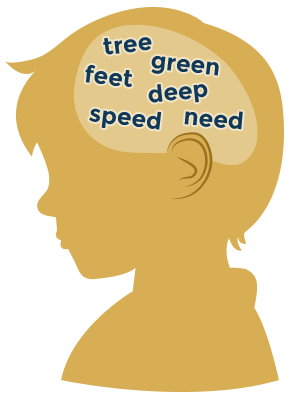
Meet the Concept of Word Families
Word families are groups of words that follow a similar pattern. Grouping similar words is an excellent way to teach a large number of words in a relatively short period of time. For example, when we teach the EE vowel team in All About Reading Level 2, we teach words like tree, feet, and deep in the same word list. And when we teach the GN phonogram in All About Spelling Level 5, the word list includes design, resign, and assignment.
Word families significantly increase the number of words your child can master.
Instead of learning one or two words per spelling pattern, your child can learn eight to twenty-five words without much additional effort, making it an efficient way to learn new words. And the recall of individual words is improved because similar words are stored together in the student’s brain. That’s all great news.
The Downside to Word Families
If you stop there—just teaching word lists grouped by word families—you will be severely disappointed in your teaching efforts.
Why? Because if you use word families incorrectly, students may end up just following the “pattern” of that particular lesson, blindly zipping through the spelling words without really learning them. What you intended to be educational and insightful becomes an exercise in following patterns—and the time you spent teaching spelling goes down the drain because your child can’t actually spell those words outside of the neatly organized list.
Another downfall of overemphasizing word families is the risk that your child will pay too much attention to the ends of words, skipping over the first part of the word to get to the answer. Instead, we want the student’s eye to start at the beginning of the word and move to the end of the word. Encouraging his eye to start at the end of the word and then jump back to the beginning of the word is reinforcing incorrect eye movement. We don’t want to reinforce dyslexic tendencies. That’s why you won’t find activities such as “write all the spelling words that end in –an” or “read all the words that end in –est” in All About Reading and All About Spelling
That said, after the student has learned the word pan, it is a good thing if he realizes that he can also spell the words van and ran. Just keep the emphasis on moving the eyes from left to right.
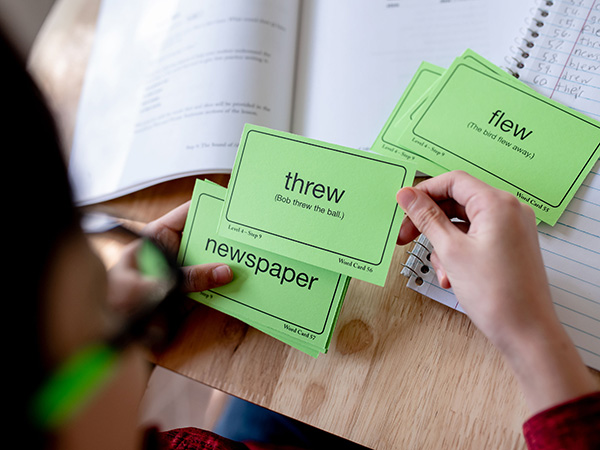
The “Thinking Approach” to Word Families
Now that you know the pros and cons of using word families, what should you do?
You want the benefits of teaching related words at the same time, but you also want your child to be able to spell correctly outside of spelling class and away from the neatly organized lists.
Let me introduce you to our “thinking approach to word families.”
All About Spelling and All About Reading provide a fail-proof system to prevent your child from mechanically following the patterns as he learns to read and spell. It’s a simple system, and it’s built right into the lesson plans.
Just as it’s important to drill random math facts to ensure mastery, it’s essential to mix up spelling words with different patterns after they have been learned. The idea is to keep your child’s mind on the reading and spelling of the words and not on the simple repetition of a pattern.
Our system for breaking up patterns and improving retention is three-pronged:
- Every lesson begins with a short review of previously taught Word Cards. The cards are shuffled so that words with different patterns are presented in different orders, and the words from the same family are no longer grouped together.
- Each lesson ends with fluency practice (reading) or sentence dictation (spelling) which both feature a wide variety of previously learned words containing various spelling patterns.
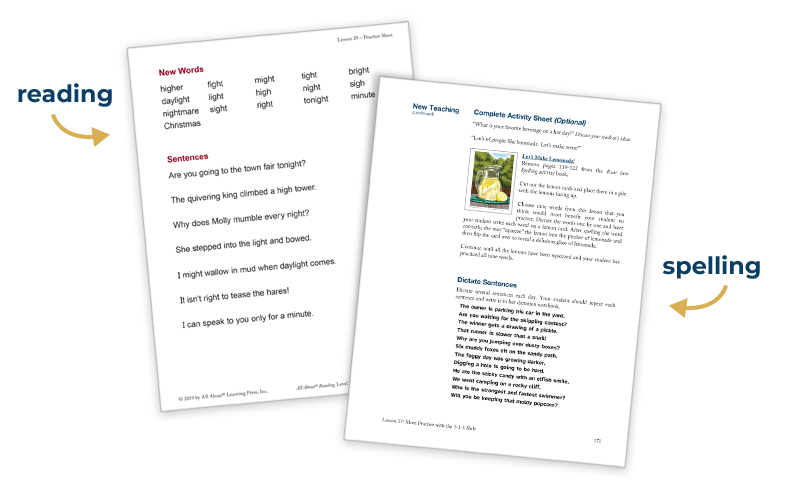
- In reading, the decodable stories emphasize the newly taught pattern while mixing in a natural balance of other words. And in spelling, beginning in Level 3, the Writing Station feature requires your student to write original sentences using suggested words with a variety of spelling patterns.
The Bottom Line on Word Families
With our “thinking approach to word families,” your child will steadily grow in reading and spelling ability and confidence. And with our step-by-step lesson plans, everything is laid out for you so you don’t have to wonder if you are doing the right thing. Just sit back and watch our method work for you and your child!
Would your child benefit from this “thinking approach to word families”?




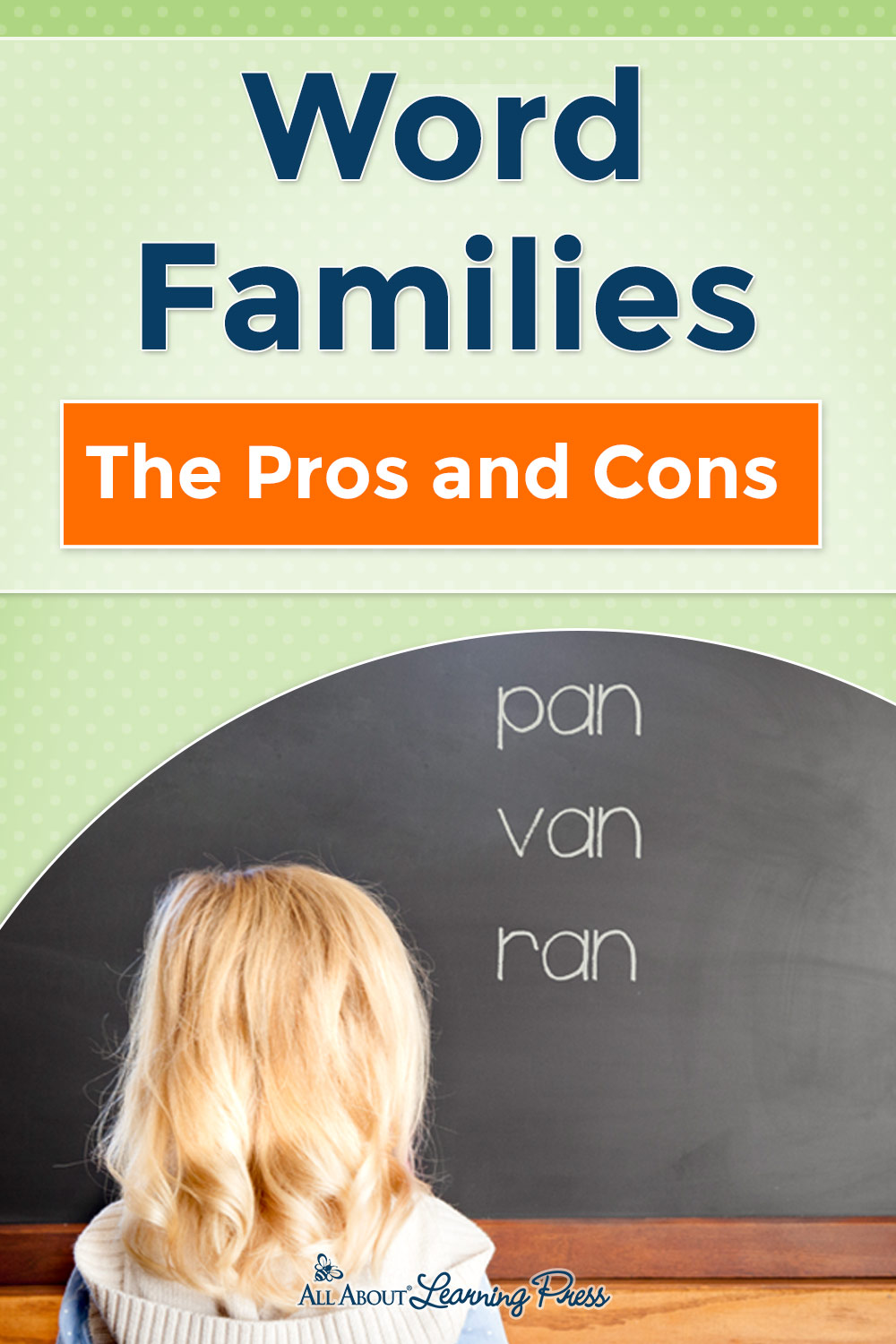



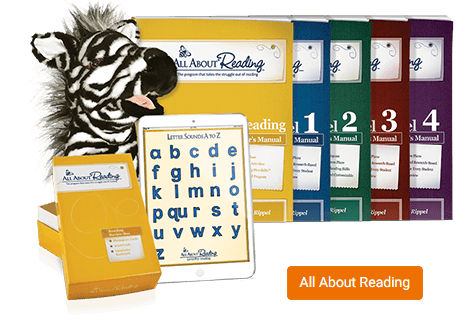
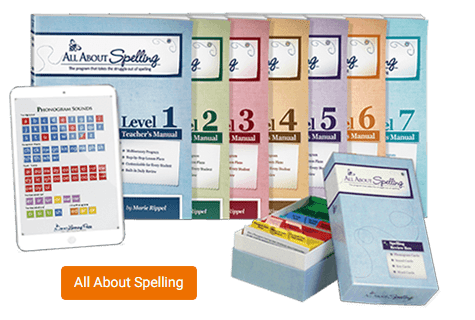
Jackie
says:Hmm this is interesting. I purchased some resources that use word families but as I began using them, it started to feel like I was setting my child up for confusion down the road. This makes total sense. So thankful for AAR!
Robin
says: Customer ServiceI’m glad this was helpful, Jackie!
Nile
says:Thank you. This was helpful.
Robin
says: Customer ServiceI’m glad this was helpful!
Ashley Rhinehart
says:Love this!
Robin
says: Customer ServiceThanks, Ashley!
Jess
says:I appreciate the effort made to reinforce good reading habits and not dyslexic tendencies. These materials have helped my son so much!
Robin
says: Customer ServiceI’m so happy to hear that these materials have been so helpful for you son, Jess!
Lisa Hebert
says:Love these flash cards! Repetition is so important.
Robin
says: Customer ServiceThanks, Lisa!
Heather S
says:This is so true! I have tried word chunk spelling teaching to mixed results. I am noticing a lot more research lately in neurovisual training and how struggling readers often could benefit from some vision training. I love how this program takes all of this into account.
Robin
says: Customer ServiceInteresting about the research, Heather! Thank you.
MISTY
says:I appreciate the thoughtfulness behind this. My daughter just started level 1. Im excited to see her progress
Rachel B
says:I love the thought and research that has gone into creating these reading and spelling programs. I’m interested to see how this program helps my daughter using this incremental and spiral approach to language arts.
Karen Nicholls
says:What a great resource!
Kim Garrison
says:This blog was so helpful. I knew the pros of word families, but had not considered the cons. As a grandmother that helps her grandkids with their reading homework having this information will help me going forward and will help reduce the stress that so often rears its ugly head. Thank you.
Kathryn
says:Nice comparison of the pros and cons of word families.
Cheryl Boehme
says:Yes. The methodical approach with concentration on a few sounds at a time, practice, mastery and moving on is very helpful for students with working memory deficits.
Amber
says:This is a great approach to word families. It is important for children to learn to decode or encode sound by sound and not skip to the end to try and “guess” the word.
Dassi
says:Amazing resource
Bethany Bettenhausen
says:This has helped us so much!
Carol Brandon
says:I appreciate the mixing up of words so that the child thinks and doesn’t decode by rote.
Amanda
says:Have, not haven’t.
Amanda
says:I haven’t noticed my youngest going through word families easily and doing exactly as mentioned above, just doing the end of the word. I’m very interested in trying a different approach and hope he can learn more vs just memorizing.
Brittany Templeman
says:Thank you for posting this! I will try to separate green word family cards now.
Robin
says: Customer ServiceYou’re welcome, Brittany! There is benefit to practicing cards from the same lesson together at first, but as you move on there is more benefit from mixed review.
Dyan Croushore
says:Using the word families helps give my reluctant reader a little confidence boost when she doesn’t have to work so hard to decode every word.
Robin
says: Customer ServiceDyan,
Yes! That’s one of the great benefits of word families. Thank you.
Charity
says:I noticed this when I was a classroom teacher. It’s great to find a different approach to take for my child!
Robin
says: Customer ServiceThank you for your perspective, Charity!
Sarah
says:Learning the rules and patterns are especially helpful for students who have reading difficulties such as dyslexia.
Robin
says: Customer ServiceYes, great point, Sarah!
Lauren
says:I love how the readers with AAR really relate to the word families they are learning.
Kim
says:We’ve loved using All About Spelling for this reason. My boys really apply the rules.
Robin
says: Customer ServiceWonderful to hear, Kim!
Carrie
says:This is interesting info – thanks!
Robin
says: Customer ServiceGlad it was interesting, Carrie!
Jen Upcott
says:Nice!
Robin
says: Customer ServiceThank you, Jen!
Amanda
says:lI ove the All About Reading program. My child has gained so much from it and it’s ease of use counts down alot of prep time. A great resource to have in the bookshelf!
Robin
says: Customer ServiceI’m so pleased to hear that All About Reading is working out well for you and your child, Amanda! Thank you!
Sherl
says:Excited to see what the new All About Spelling is like.
Mary M.
says:I wholeheartedly agree with the “think approach”. There is a time and place for rote learning, but “real” learning happens when students are able to apply what they have learned to new situations and material.
Robin
says: Customer ServiceYes, great points, Mary!
Diane
says:I love the “thinking approach to teaching word families. I really enjoyed reading about the down side AND what to do instead. Brilliant
Robin
says: Customer ServiceI’m glad you enjoyed this article, Diane! Thank you!